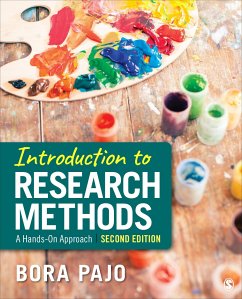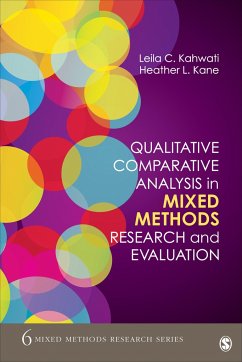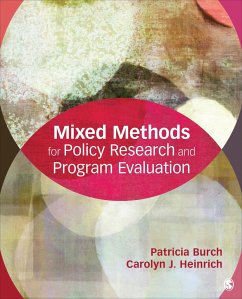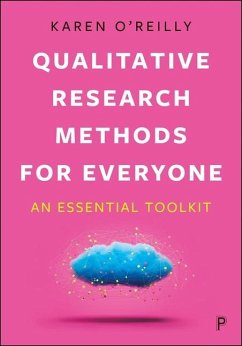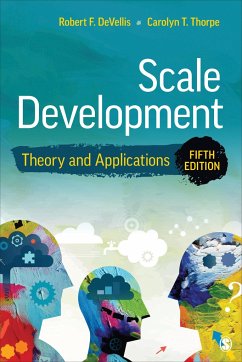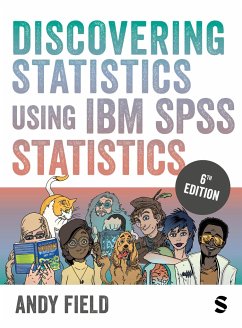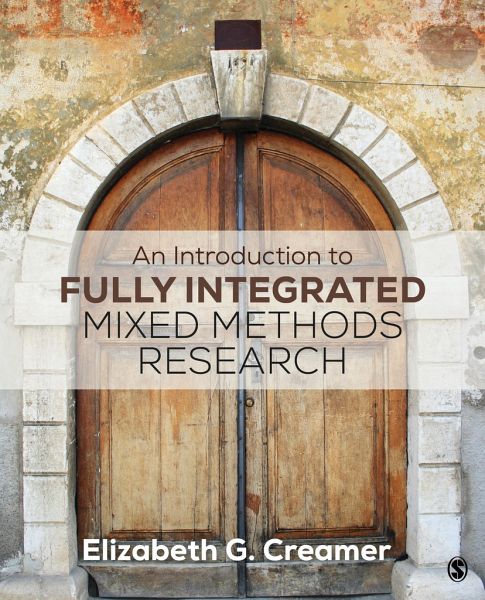
An Introduction to Fully Integrated Mixed Methods Research
Versandkostenfrei!
Versandfertig in 2-4 Wochen
114,99 €
inkl. MwSt.

PAYBACK Punkte
57 °P sammeln!
Creamer's practical and original approach enables students and researchers to feel confident when designing their own fully integrated mixed methods studies to answer their research questions.
Dieser Artikel kann nur an eine deutsche Lieferadresse ausgeliefert werden.



